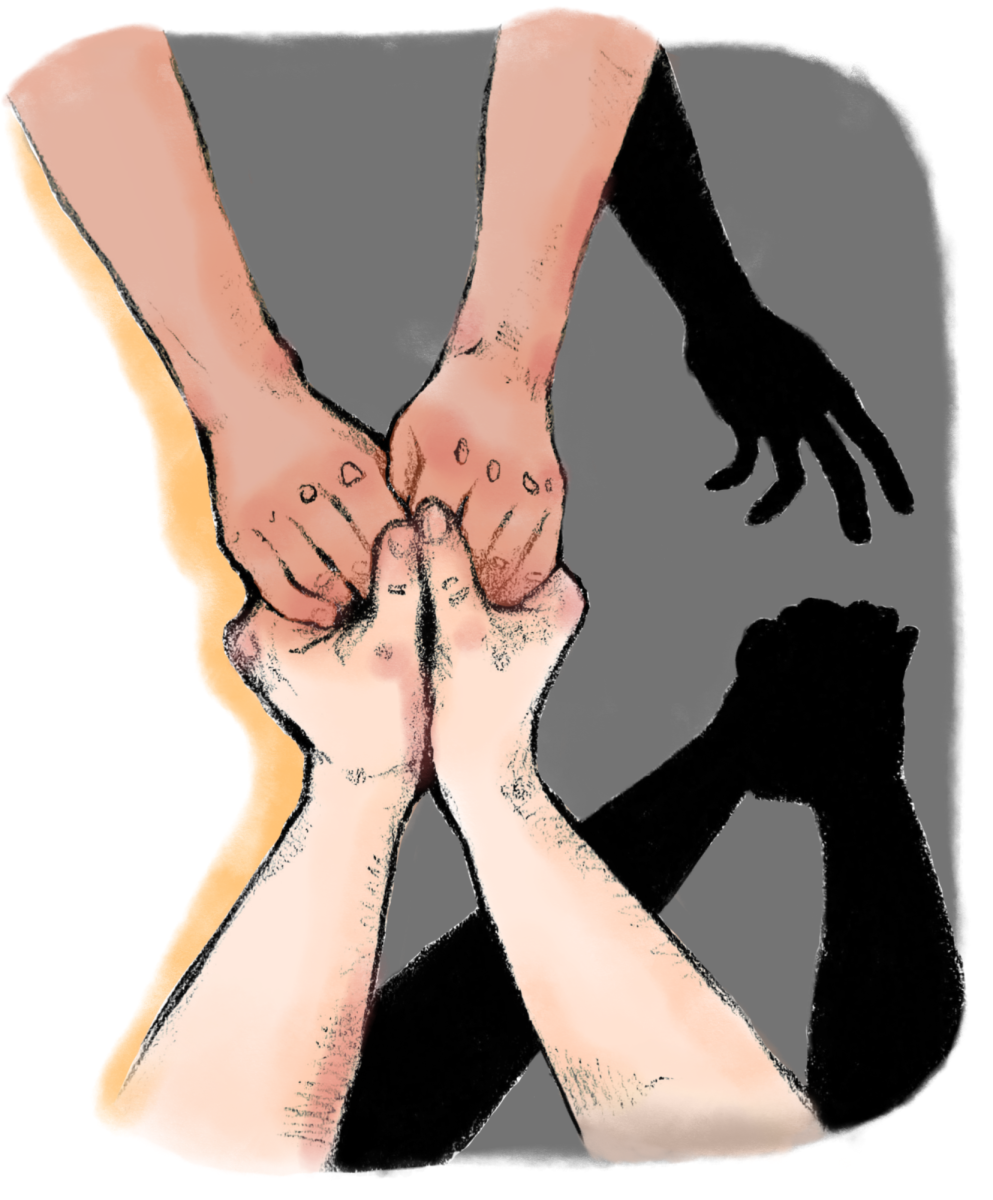The scale of the recent student protests regarding Assistant Professor of Spanish Alberto G.’s* tenure denial speaks not only to Galindo’s impact on those who have taken his classes, but also to a large-scale student frustration regarding the process of faculty members receiving tenure. Most of the 700 students who have signed the petition in support of Professor G. have never had a class with him. These signatures should be taken as a sign that the tenure review process at this institution is inadequately designed to measure a professor’s impact on his or her students.

In the view of the Pioneer Editorial Board, there are two major problems with the current system. The first is a lack of transparency about how the tenure process occurs and, moreover, an absence of efforts to communicate to students as to how our opinions are considered in the assessment of a professor’s “Excellence in Teaching.”
Few of us realize as we scribble blithe comments on Academic Evaluations in the last few minutes of our classes that this input will be a part of our professors’ futures at this college. Even fewer are aware that we can submit letters of recommendation to the Faculty Personnel Committee, and those who do may not know when their professors are going up for tenure review. While this information may be available to those who seek it, to the best of our knowledge, it has never been advertised to students and recent alumni in any formal way.
Second, and perhaps more importantly, student evaluations themselves are a deeply problematic means of considering student input. Many studies have shown that these surveys are essentially popularity contests; attractive and charismatic educators tend to receive high scores on evaluations, regardless of the quality of their teaching. They have also found virtually no correlation between student evaluations of professors and student academic achievement in a particular class. A study on student evaluations in the St. John’s Law Review notes that “students’ contradictory and often hostile comments on evaluations of minority faculty, as well as their occasional direct references to gender or race, raise troubling questions about the role of bias in these assessments.”
Student evaluations do not take into account the advising that professors give to students on nonacademic matters or to students who are not in their courses during a particular semester. They often provide career advice, help students with personal projects, write letters of recommendation and contribute to the Whitman community in many ways outside of the classroom.
Professors of color, female professors and LGBTQ professors may be particularly helpful in identifying with students from similar backgrounds. Unfortunately, these professors tend to be underrepresented on college campuses as is, and studies suggest that they are also more likely to receive lower scores on student class evaluations.
According to Provost and Dean of Faculty Timothy Kaufman-Osborn, nine out of 10 faculty members who applied for tenure in the past two years were granted it. But how many professors have left this school instead of applying for tenure because they wanted to avoid the stigma that tenure denial would attach to their careers in academia? And how many were unfairly represented on end-of-semester evaluations by students who didn’t realize the significance of the form they were filling out?
Students are undeniably transitory at Whitman, however, we are also firsthand witnesses to a professor’s Excellence in Teaching. The limited and problematic means by which student voices are considered in faculty tenure decisions marks Whitman College as an institution that is out of touch with the reality of those whose interests it ultimately exists to promote. If Whitman is to sincerely embody the liberal arts spirit it champions, the tenure review process must be reevaluated.
*The name of the professor in question has been changed to reflect his first name and his last initial.



Whitman alum... • Feb 9, 2012 at 2:39 pm
I don’t understand what this reforms this editorial aims for, aside from demanding “reform”. And I am not speaking to Professor Galindo’s specific situation since I’ve never taken his classes though I’ve heard he’s a great teacher.
The editorial complains that a) not enough is being done to alert students to their ability to influence decisions to grant tenure and b) the existing method of student input, teacher evaluation forms, are biased or don’t accurately represent the out of classroom advising professors do.
So, what is the alternative? What reforms are possible given the points a) and b)? The editorial itself states, 700 students signed letters demanding a reconsideration of Prof. Galindo’s tenure denial, in essence, a reversal of the decision. These 700 students, the editorial acknowledges, did not take this professor’s class. So, why are they signing a petition to reverse the decision of the faculty committee? Out of general frustration at “non-transparency? That’s honestly, laughable. Granting tenure costs the college potentially a million dollars or more, 700 students just signed something demanding the college do that without knowing exactly who they were demanding the college commit that much money to.
Transparency is just a buzzword. Imagine if the minutes and recordings of all faculty meetings on tenure decisions were made public, how damaging do you think that would be to all involved? How many professor’s relationships with their colleagues would be affected?
Tenure, to be honest, is given to faculty members who teach the best and research the best. Students aren’t privy to nor can they evaluate the second aspect of a faculty members work. Moreover, if students are as utterly incapable of accurately evaluating a professor’s deservingness for tenure, as the editorial suggests in citing two studies on student evals, then what would more student “input” in the tenure process look like? How would “more student input” into a “transparent” process not be susceptible to the same biases that the editorial complains of, in attacking the existing method of student evaluation?